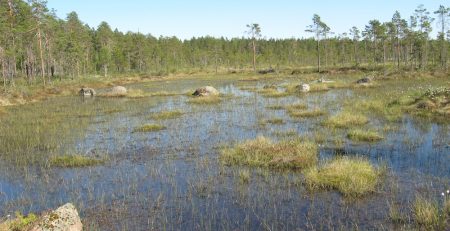Understanding carnivorous plants
The one thing that positively helped us become successful growing carnivorous plants was understanding that carnivorous plants are plants. They are not animals. They are not pets. They are not lizards sticking out of the ground that will rid your home of pesky flies forever. Carnivorous plants are plants.
Animals are different from plants in how they acquire energy. Animals obtain energy by eating food, such as meats and vegetables. These foods contain proteins and starches, which are then transformed into energy. In short, food is fuel for animals.
Plants, on the other hand, generate their own energy through photosynthesis. They use sunlight to convert carbon dioxide and water into sugars and starches. All plants, carnivorous or not, need sunlight to survive. Sunlight is fuel for plants, and depriving plants of abundant sunlight starves them. Now, the difference between normal plants and carnivorous plants is how they get their fertilizer. What is fertilizer? Think of fertilizer as a vitamin supplement for plants. It enhances plant growth, but it’s not a replacement for sunlight, which is their sole source of energy.
Regular plants, such as daisies, rose bushes, and herbs, absorb fertilizer through their roots. This is why they grow best when the soil is rich in nutrients. Carnivorous plants, on the other hand, absorb fertilizer through their leaves. They live in nutrient-poor soil, so they obtain particular nutrients from bugs that they capture. Bugs are nothing more than little packets of fertilizer.
Carnivorous plants are plants, plain and simple. The extent to which you understand this fundamental concept will determine the degree of your success in growing carnivorous plants. Sunlight, water, and soil, not bugs, are critical to the day-to-day survival of carnivorous plants. Without ample sunlight, water, and soil, no amount of bugs you give your carnivorous plant will make it thrive. Understanding this concept is extremely important to your success. When you embrace the idea that carnivorous plants are plants, you will be able to identify the optimal growing conditions for carnivorous plants and how to choose appropriate plants for a specific growing location.





Leave a Reply
You must be logged in to post a comment.